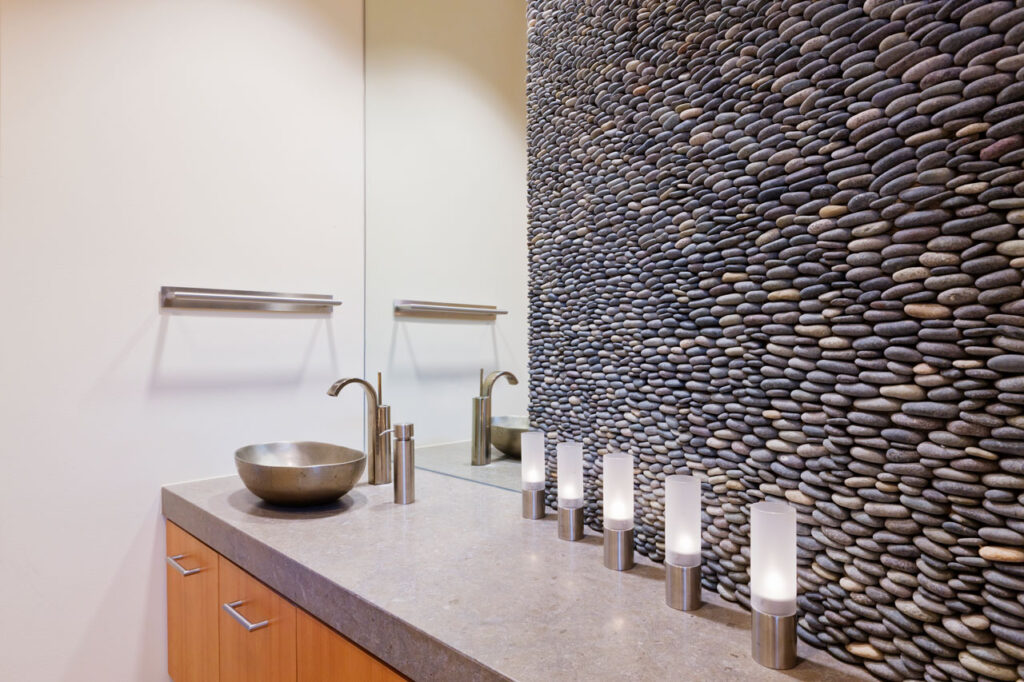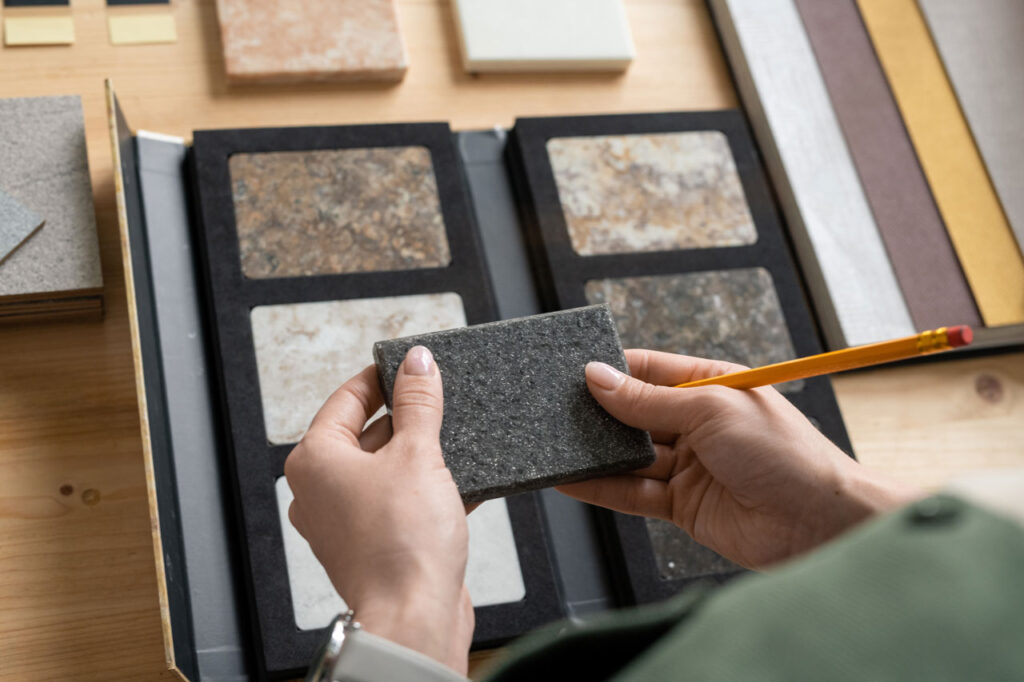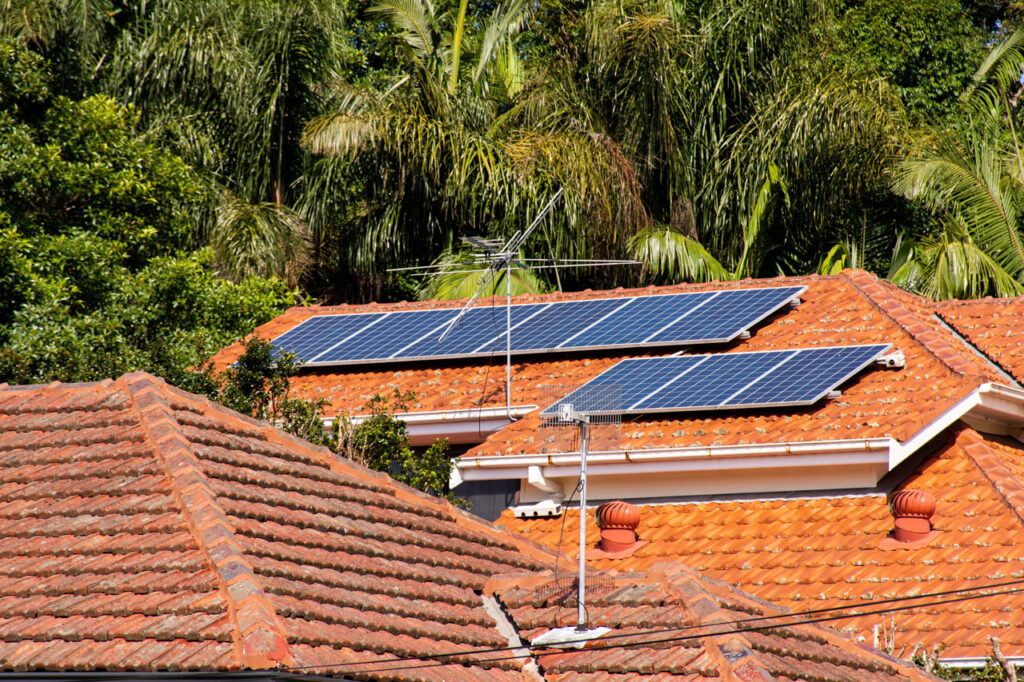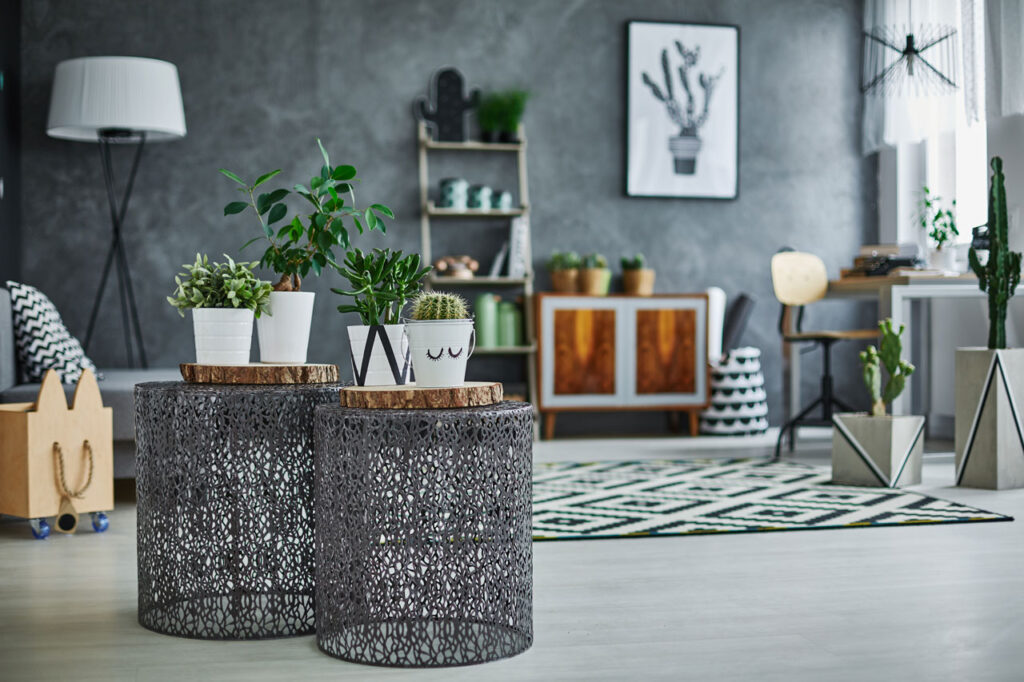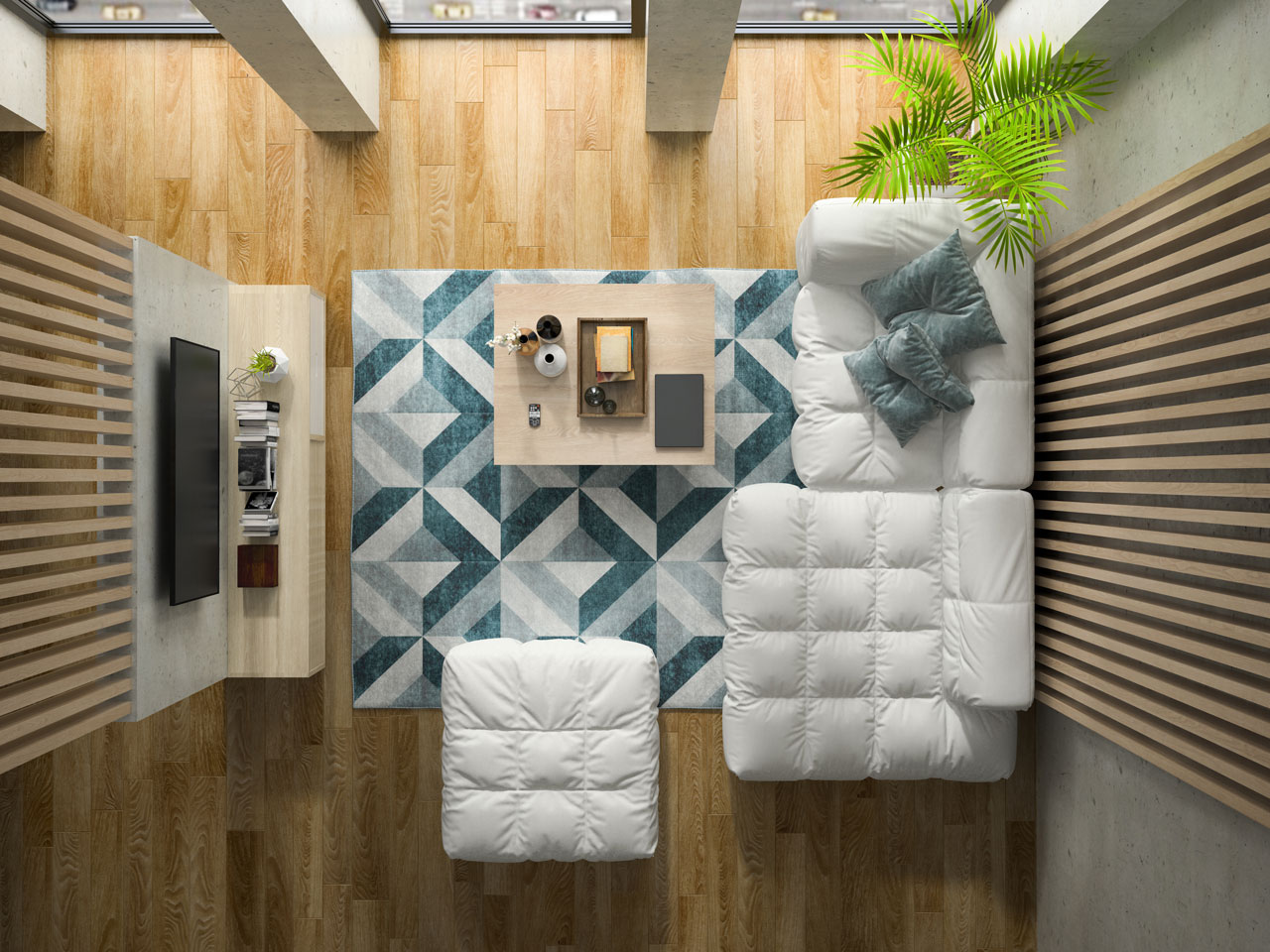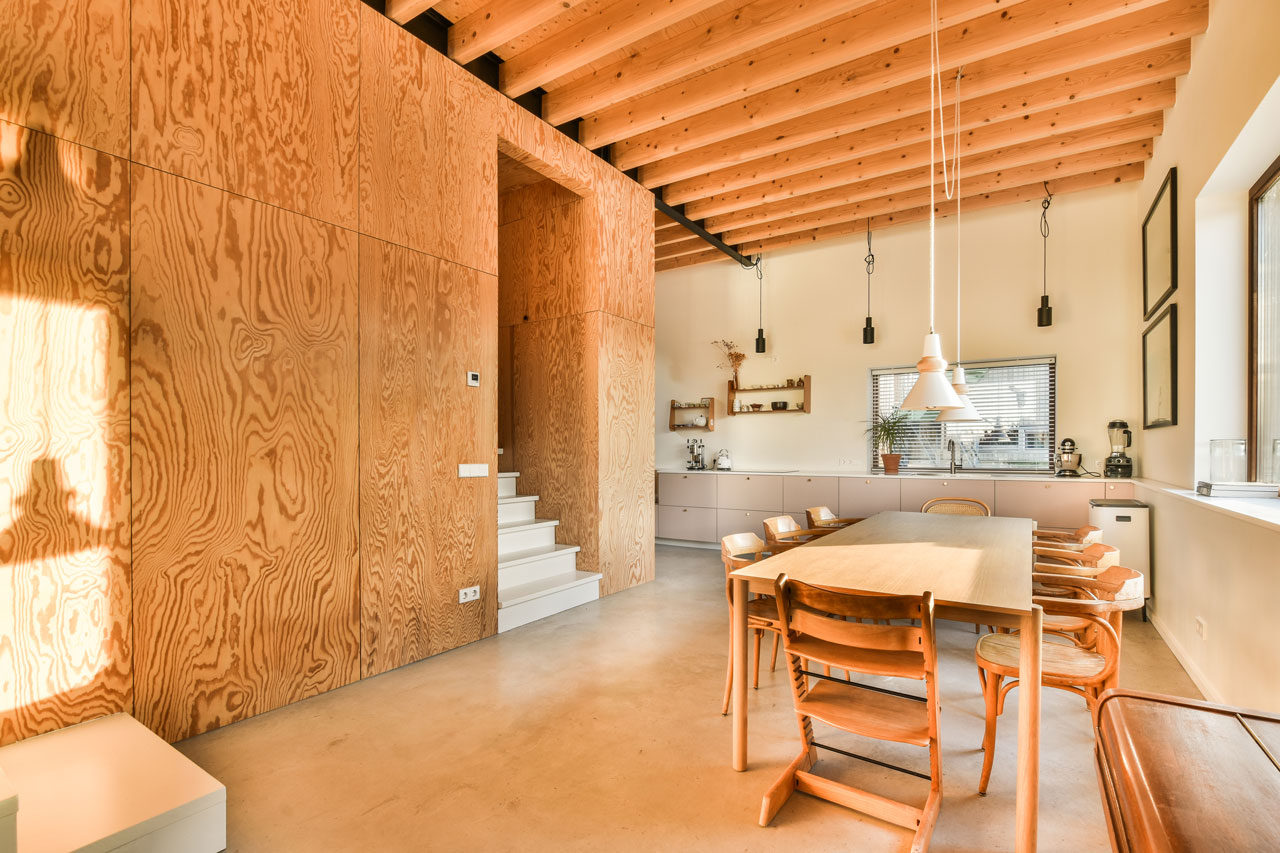
Trending
Sustainable Remodeling: Eco-Friendly Tips and Materials
Sustainable remodeling is more than just a trend; it’s a responsible approach to home renovation that benefits both the environment and your wallet. By choosing eco-friendly materials and practices, you can reduce your carbon footprint, save on energy costs, and create a healthier living space. In this blog post, we’ll explore the best tips and materials for sustainable remodeling.
Benefits of Sustainable Remodeling
Environmental Impact
Sustainable remodeling helps reduce waste and conserve natural resources. Using recycled and renewable materials lessens the environmental impact of your renovation project.
Cost Savings
Eco-friendly materials and energy-efficient appliances may have higher upfront costs, but they can significantly reduce energy and water bills over time, leading to long-term savings.
Healthier Living Environment
Sustainable materials often contain fewer chemicals and pollutants, creating a healthier indoor environment. This can improve air quality and reduce the risk of respiratory issues.
Eco-Friendly Remodeling Tips
1. Plan for Energy Efficiency
Start by assessing your home’s energy efficiency. Consider upgrading to energy-efficient windows, insulation, and HVAC systems. Sealing leaks and adding insulation can reduce heating and cooling costs.
2. Use Sustainable Materials
Choose materials that are renewable, recycled, or have low environmental impact. Options include bamboo, reclaimed wood, recycled metal, and natural stone. These materials are durable, attractive, and environmentally friendly.
3. Opt for Low VOC Products
Volatile organic compounds (VOCs) are harmful chemicals found in many paints, finishes, and adhesives. Select low or zero VOC products to improve indoor air quality and reduce health risks.
4. Install Energy-Efficient Lighting
Replace traditional incandescent bulbs with LED or CFL bulbs. These energy-efficient options last longer and consume less electricity, reducing your energy bills.
5. Water Conservation
Install low-flow faucets, showerheads, and toilets to reduce water usage. Consider adding a rainwater harvesting system to use for irrigation and other non-potable water needs.
6. Recycle and Reuse
Whenever possible, reuse existing materials and fixtures. Refurbish old furniture, doors, and cabinetry instead of buying new. Donate any usable items you don’t need to reduce waste.
7. Solar Power
Consider incorporating solar panels into your renovation. Solar energy is a renewable resource that can significantly reduce your reliance on fossil fuels and lower your energy bills.
8. Sustainable Landscaping
Design your outdoor space with native plants that require less water and maintenance. Use permeable materials for walkways and driveways to reduce runoff and promote groundwater recharge.
9. Indoor Air Quality
Improve ventilation and use air purifiers to maintain good indoor air quality. Houseplants can also help purify the air naturally.
10. Smart Home Technology
Integrate smart home technology to monitor and control energy usage. Smart thermostats, lighting systems, and appliances can help optimize energy consumption and reduce waste.
Sustainable Materials to Consider
Bamboo
Bamboo is a fast-growing, renewable resource that’s perfect for flooring, cabinetry, and furniture. It’s durable, attractive, and has a lower environmental impact than traditional hardwoods.
Reclaimed Wood
Using reclaimed wood for flooring, beams, and furniture reduces the demand for new timber and gives a second life to old materials. It adds a rustic, unique character to your home.
Recycled Metal
Recycled metal can be used for countertops, roofing, and fixtures. It’s durable, versatile, and reduces the need for new metal production.
Natural Stone
Natural stone like granite, marble, and slate are long-lasting and require minimal processing, making them an eco-friendly choice for countertops and flooring.
Cork
Cork is a renewable resource harvested from the bark of cork oak trees. It’s a great option for flooring and wall coverings due to its durability and insulating properties.
Recycled Glass
Recycled glass countertops and tiles add a unique, colorful touch to your home while reducing landfill waste.
Conclusion
Sustainable remodeling is an excellent way to reduce your environmental impact, save money, and create a healthier living space. By incorporating eco-friendly tips and materials, you can make your home more efficient and environmentally responsible.
Ready to start your sustainable remodeling project? Contact us today for expert advice and quality renovation services that prioritize sustainability.


